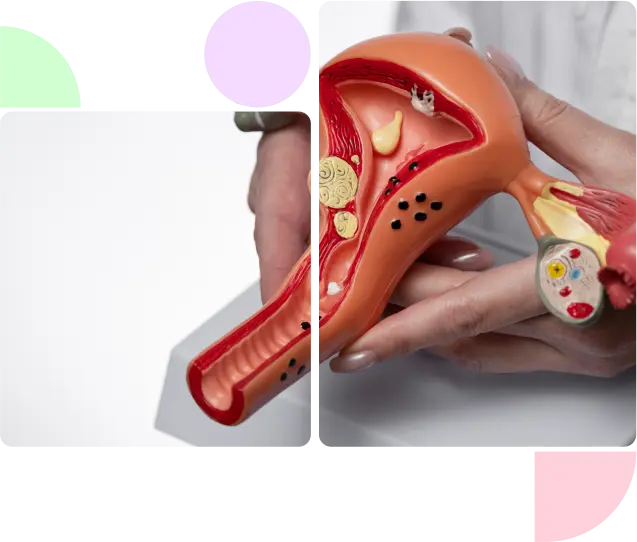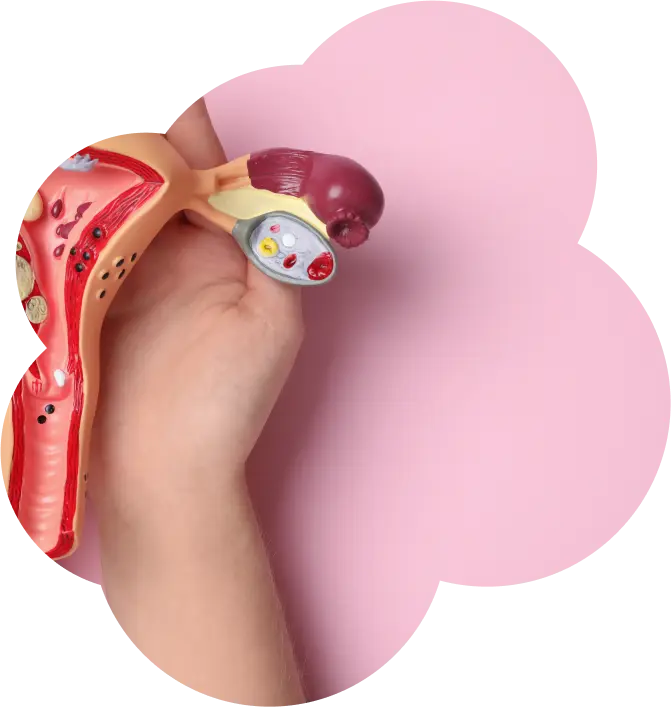
Endometriosis is a medical condition in which tissue that is like the lining within the uterus grows outside of it. This tissue, called the endometrium, can develop on the ovaries, fallopian tubes, and even the intestines. Since it behaves like normal uterine tissue, it thickens, breaks down, and bleeds during the menstrual cycle. However, unlike the uterine lining, this misplaced tissue has no way to exit the body. This results in pain, inflammation, and in some cases, cyst formation. Endometriosis may result in discomfort and also impact fertility in some women.
Symptoms of endometriosis differ from individual to individual. Some women experience mild symptoms, while others have severe pain. The severity of the symptoms does not always correlate with the severity of the condition. The following are some of the common symptoms:


The cause of endometriosis is still not known, but there are a number of factors that are thought to help cause it. Some of the most popular theories are:
Since endometriosis symptoms can resemble other conditions, proper diagnosis is necessary. Below are the standard methods through which physicians diagnose it:


Endometriosis does not have a permanent cure, but symptoms can be controlled and quality of life enhanced through treatment. Treatment varies with the extent of the symptoms and whether or not the woman desires children.
Endometriosis cannot be prevented at all times, but some lifestyle adjustments can reduce the risk. Below are some precautions:

